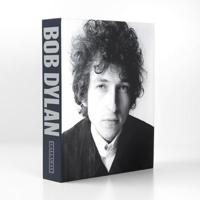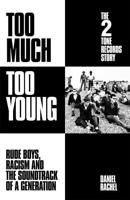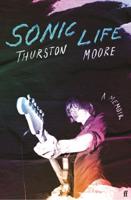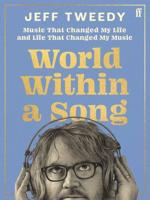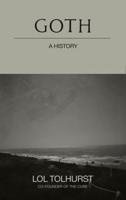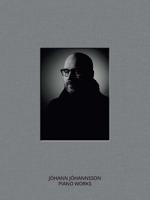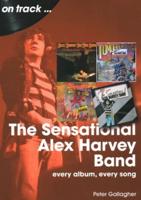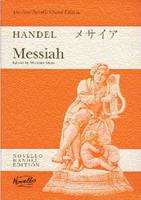Publisher's Synopsis
Traditional aural training is heavily biased towards the perception and identification of pitch and rhythm. The authors of this book believe that this training too often dominates limited teaching time. Much of it can be best done alone and by tailoring tasks to individual needs, every student can make some encouraging progress. This makes time available for developing the perception of musical elements just as important yet often neglected because of their more abstract and qualitative nature - elements such as timbre, texture and density; compass range and tessitura; dynamics and articulation; ordering music and placing it in space.;Although addressed primarily to groups of music students and their teachers, in universities, polytechnics, conservatoires and sixth-forms, the book is designed to encourage open-ended exploration generated by students' individual needs and enthusiasms. It aims to promote self-reliance and the confidence to begin to discover for oneself music of any age and/or culture.

